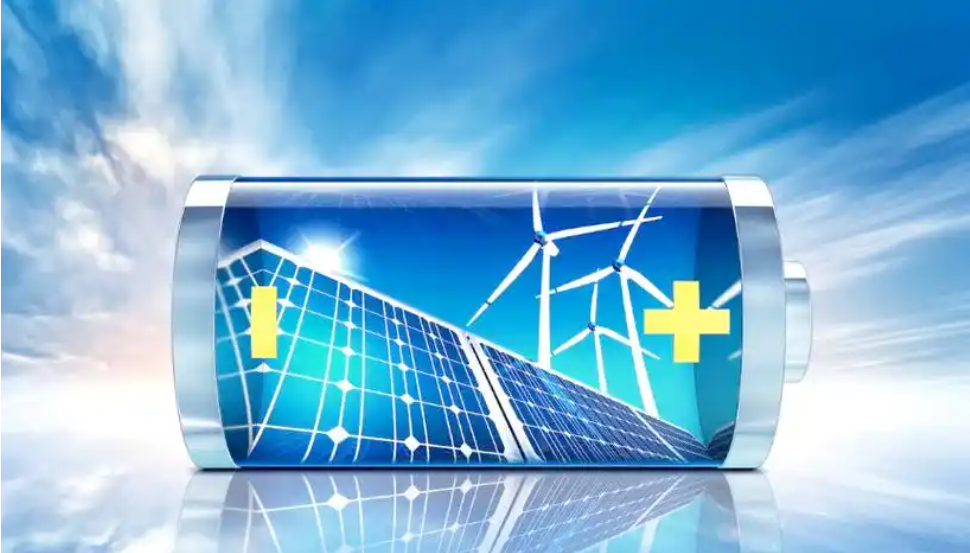Graphene in Lithium Batteries: Improving Capacity and Cycle Life
⚡ Introduction: The Demand for Better Batteries
The global shift toward electric vehicles (EVs), renewable energy storage, and portable electronics has put immense pressure on lithium-ion battery (LIB) technology to deliver higher energy density, longer life cycles, and faster charging—all without compromising safety or weight.
Graphene, with its remarkable electrical conductivity, mechanical strength, and surface area, is rapidly becoming a game-changing additive and structural component in advanced lithium battery systems.

🌟 Section 1: How Graphene Benefits Lithium Battery Architecture
Graphene’s atomic-scale structure allows it to address multiple limitations of traditional LIB components—particularly the anode and cathode. Here’s how it improves battery performance:
| Graphene Property | Battery Enhancement |
|---|---|
| High conductivity (~10⁶ S/m) | Reduces internal resistance and heat generation |
| Large surface area (~2600 m²/g) | Supports higher lithium-ion adsorption |
| Mechanical flexibility | Accommodates volume changes during charge/discharge |
| Chemical stability | Enhances electrode longevity and safety |
| Fast electron mobility | Improves rate capability (fast charging) |
🔋 Section 2: Graphene in Anodes – Moving Beyond Graphite
Conventional graphite anodes are limited to a theoretical capacity of 372 mAh/g. Graphene-modified anodes can dramatically exceed this:
🧪 Use Cases:
-
Graphene-Silicon Composite Anodes
-
Silicon has a high capacity (~4200 mAh/g) but expands ~300% during cycling.
-
Graphene buffers this expansion, maintaining structure and conductivity.
-
Result: Higher capacity + longer cycle life
-
-
Graphene-Only Anodes (GIC or rGO frameworks)
-
High porosity enables better ion transport.
-
Custom 3D graphene foams or films provide structural integrity.
-
-
Doped Graphene Anodes
-
Nitrogen or sulfur doping enhances lithium-ion binding.
-
Improves capacity and first-cycle efficiency.
-
Result Highlights:
-
Capacity: > 800–1500 mAh/g (composites)
-
Cycle Life: > 500–1000 stable cycles
-
Charging Time: Reduced by 20–40%
🔋 Section 3: Graphene in Cathodes – Speed & Stability
Cathodes (like LiFePO₄, NMC, NCA) benefit from graphene coatings and hybrids that improve conductivity and suppress degradation:
Example Enhancements:
-
Coating LiFePO₄ with graphene:
Increases electronic conductivity by 2–3 orders of magnitude -
Graphene in Li-S and Li-air batteries:
Prevents shuttle effect and polysulfide diffusion -
Graphene as current collector support:
Lightweight and highly conductive alternative to copper foil
🌡️ Section 4: Thermal Management and Safety
Graphene plays a crucial role in thermal interface materials and electrolyte additives, helping to:
-
Prevent overheating and thermal runaway
-
Distribute heat uniformly across the cell
-
Enable passive or active heat dissipation systems in EV batteries
🧪 Section 5: Real-World Performance Data
Graphene Anode Test Case:
-
Material: Graphene-silicon composite
-
Charging rate: 2C
-
Capacity retention: 93% after 800 cycles
Graphene Cathode Test Case:
-
Material: LFP@graphene nanolayer
-
Energy density: 160 Wh/kg
-
Rate performance: 85% capacity retention at 5C
Thermal Interface Use:
-
rGO-based TIM reduces battery module surface temp by ~12°C under fast charge
🏭 Section 6: Manufacturing and Integration
Graphene can be introduced to battery production in several scalable formats:
| Format | Use in Battery | Notes |
|---|---|---|
| Graphene powder | Anode/cathode composite, coatings | Must ensure uniform dispersion |
| rGO dispersions | Slurry coating for electrodes | Stable with XFZ20 dispersant |
| Graphene films | Anode scaffold or separator layer | Customizable thickness |
| Graphene-enhanced binders | Conductive polymer blends | Improves flexibility |
GrapheneRich offers R&D-friendly formats as well as pilot-scale dispersions to support integration in LiB manufacturing lines.
🌍 Section 7: Applications & Industry Adoption
Graphene-enhanced lithium batteries are being adopted across industries:
| Sector | Application | Graphene Benefit |
|---|---|---|
| EVs | Long-range, fast-charging packs | High cycle life, thermal stability |
| Drones | Lightweight power units | Energy density and rate performance |
| Grid Storage | Modular Li-ion systems | Cycle life, safety |
| Consumer Electronics | Smartphones, laptops | Fast charge, reduced swelling |
| Aerospace | Backup power & satellites | Lightweight and low-temperature tolerance |
🔬 Section 8: What We Offer at GrapheneRich
Our tailored solutions for battery manufacturers include:
🧪 XFZ20-series RGO dispersions
-
Water-based
-
Stable, no surfactant needed
-
Ideal for electrode slurries or hybrid composites
🧱 Graphene–Silicon and Graphene–Carbon composite powders
-
Available on request
-
For high-performance anode R&D
🎯 Consultation & Formulation Support
-
Assistance on electrode design, coating methods, pilot testing
📦 TDS and samples available for qualified battery labs and integrators.
📈 Conclusion: Future-Proofing Energy Storage with Graphene
Graphene is not just a material—it’s an enabler of the next generation of lithium batteries. From longer-lasting anodes to safer, cooler packs, graphene helps solve the performance vs. stability tradeoff that has limited battery evolution for decades.
As battery manufacturers seek to meet the challenges of electrification and renewable energy, graphene-enhanced technologies will play a vital role in building safer, lighter, and more powerful energy systems.
🚀 GrapheneRich NanoTech is ready to support your journey with advanced materials, custom solutions, and technical expertise.

